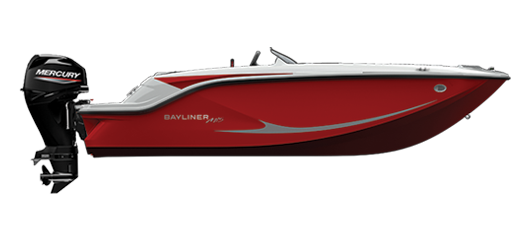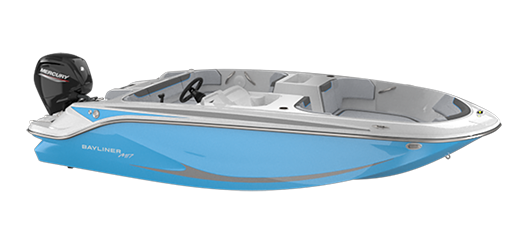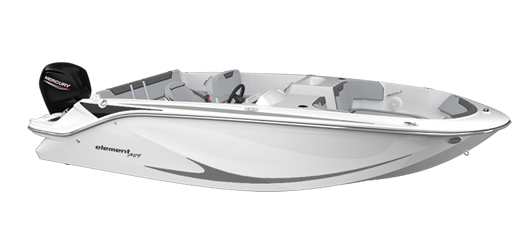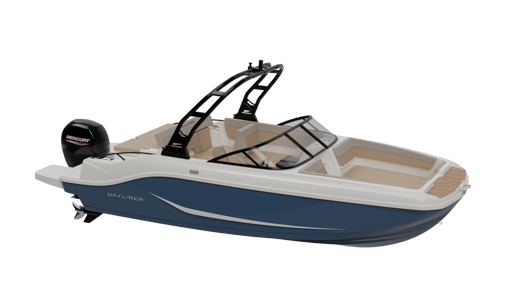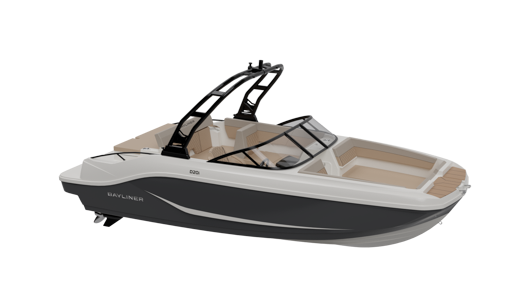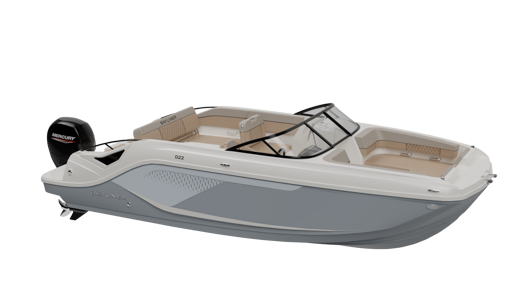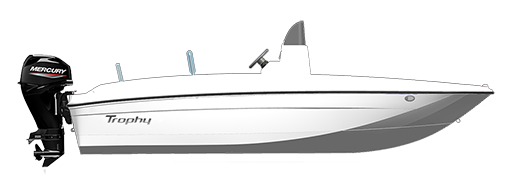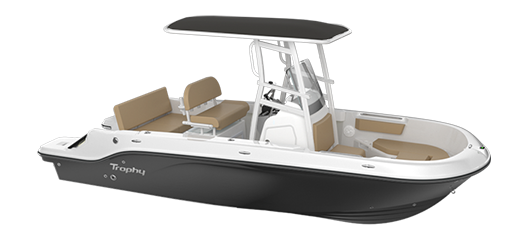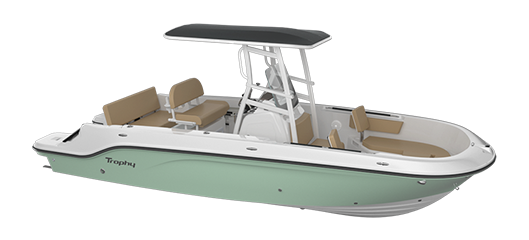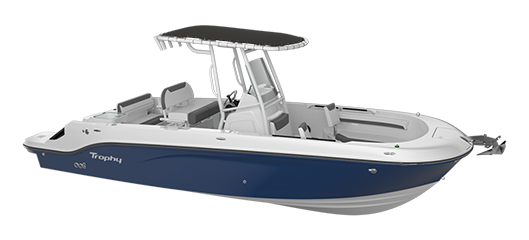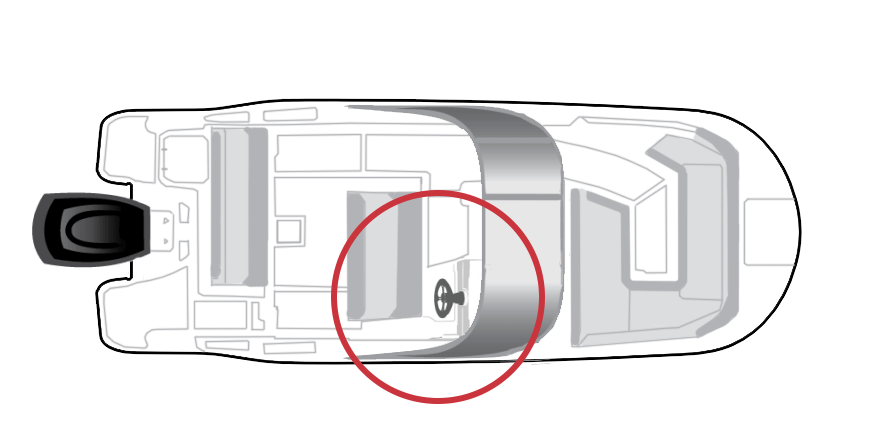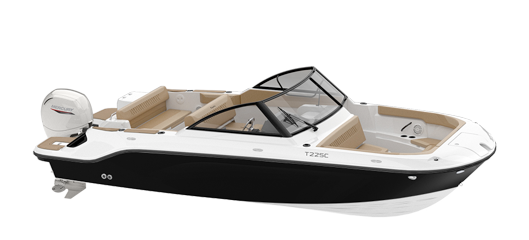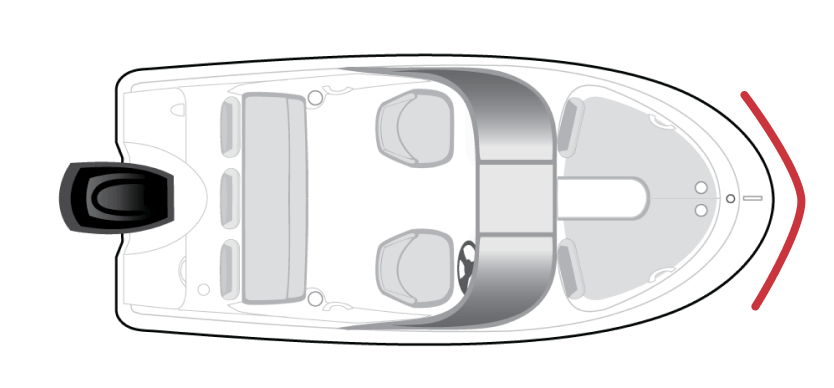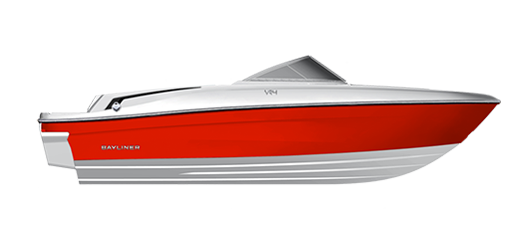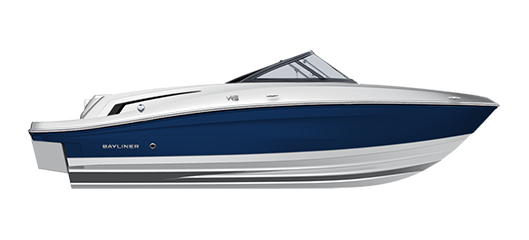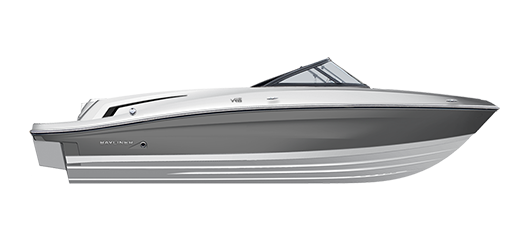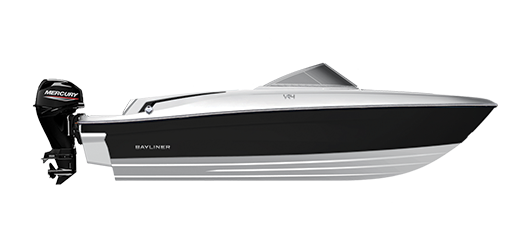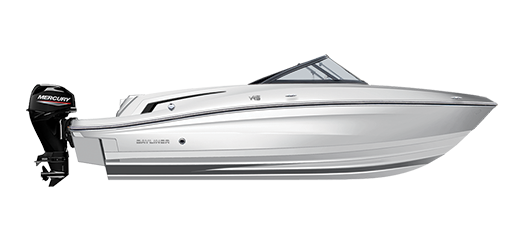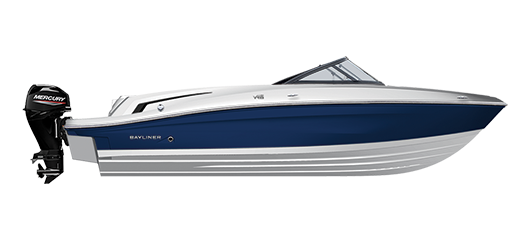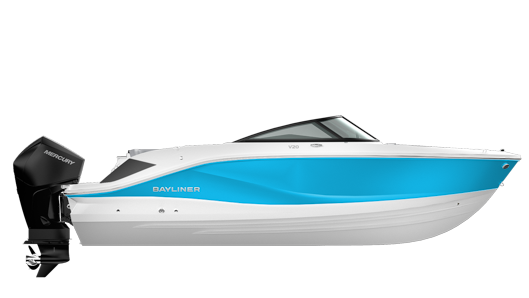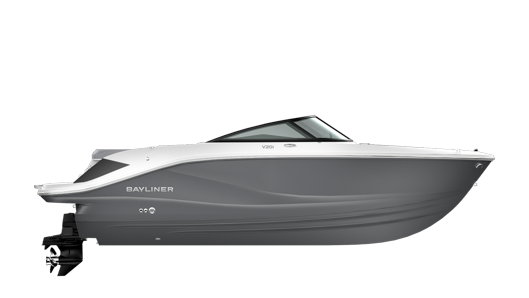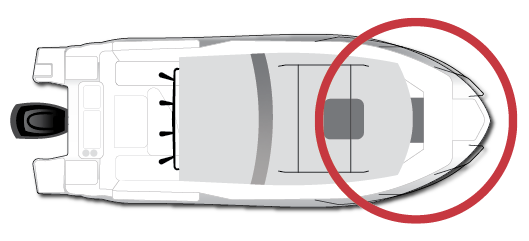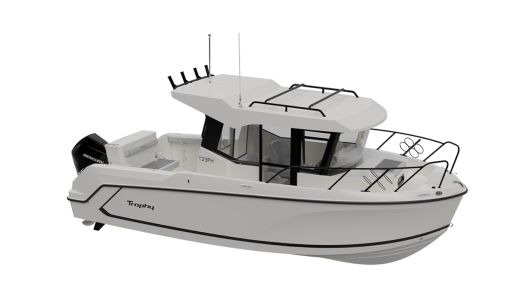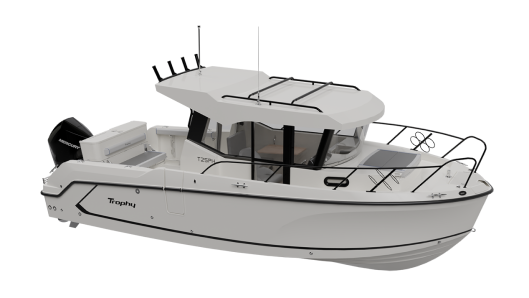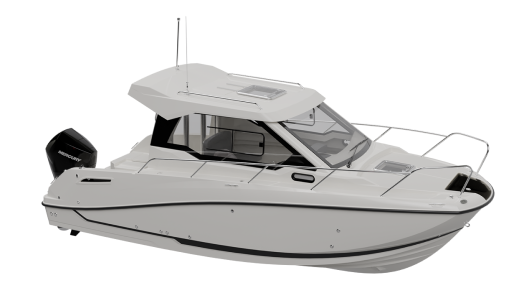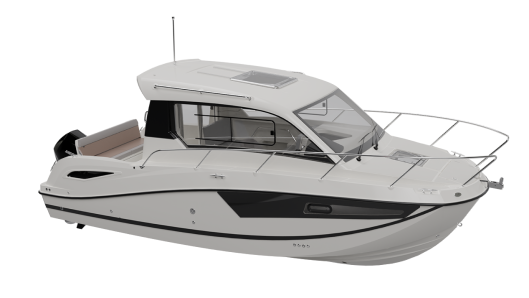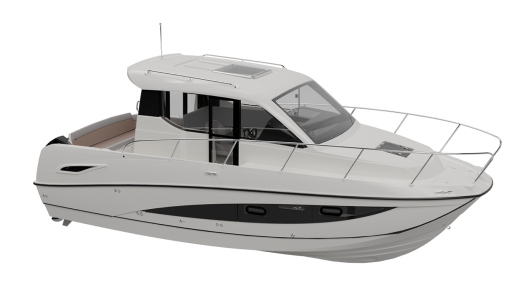Guide to Boat Head Maintenance
Marine heads (toilets), while designed for minimal maintenance, require regular care to prevent malfunctions and unpleasant odors. Here are detailed steps for maintaining your marine toilet, ensuring it functions optimally every time you go boating or if you live aboard, and remains odor-free.
Preventing Scale Build-Up in the Lines
The Issue with Scale Deposits
Marine toilets flushed with saltwater are prone to scale deposits in discharge channels and hoses. These deposits make flushing progressively harder and cause water to leak back into the bowl, eventually leading to total blockage.
Monthly Maintenance with Vinegar
An easy and affordable way to do this is to run a pint of white vinegar through the head once a month. Follow these steps:
Slowly Add Vinegar: Move the vinegar through the head slowly, giving the head a single pump every 4-5 minutes. The mild acidity of vinegar dissolves fresh scale inside the head and hoses.
Flush with Fresh Water: Once the vinegar has passed through the system, pump a gallon of fresh water through to flush the lines.
Dealing with Existing Scale Build-Up
For significant scale build-up, use a 10% solution of muriatic acid:
Safety First: Muriatic acid is potent. Always wear protective gear and follow label precautions.
Application: Pour two cups of acid into the bowl. It will fizz as it reacts with calcium deposits.
Pumping the Acid: Once the fizzing stops, pump the head—intake closed—just enough to empty the bowl, moving the acid into the pump.
Flush the System: After a few minutes, pump again to move the acid into the discharge hose. Let it sit for a few more minutes before opening the intake and thoroughly flushing the toilet and lines with water.
Maintenance of Anti-Siphon Valve
Scale and salt can also accumulate in the anti-siphon valve. To clean:
Remove the Valve: Detach the anti-siphon valve.
Soak in Soapy Water: Immerse the valve in warm, soapy water to dissolve deposits.
Lubricating the System: Ensuring Smooth Operation
Regular Lubrication
To maintain the pump's smooth operation:
Use Marine Lubricant or Mineral Oil: Following the monthly vinegar flush, add a dose of lubricant.
Lubricate the Discharge Side: Pour a couple of ounces of lube into the bowl with a little water and pump through the toilet.
Lubricate the Intake Side: Disconnect the intake hose from the closed seacock, pour oil into the hose, and pump the head, pulling the oil through both pump chambers.
Teflon Grease for Piston Rod
While servicing, coat the piston rod lightly with Teflon grease to extend the life of the piston-rod seal.
Managing Odors: Keeping Your Marine Toilet Smelling Fresh
Identifying Odor Sources
Discharge Hose: The discharge hose is often the main culprit.
To Check: Rub the hose with a damp cloth and sniff it. If it smells, replace the hose with a proper sanitation hose.
Leaking Connections: Use a damp cloth to locate leaks at connections.
Piston Rod Seal: Tighten the seal or replace it if it is leaking.
Flush-Water Passage: Prevent marine life build-up by installing a strainer in the intake line.
Anti-Siphon Valve: Ensure it vents outside the cabin to prevent odors.
Overhaul: Rebuilding Your Marine Toilet
When to Overhaul
If your toilet emits a foul odor without leaks, is hard to pump, or isn't working correctly, it may need an overhaul. Kits include new valves, springs, gaskets, and screws, plus detailed instructions.
General Overhaul Steps
Remove the Toilet: Overhauling is easier when the toilet is out of the head compartment.
Organize Parts: Lay out parts in order as you dismantle the toilet.
Flapper Valves: Ensure weighted flapper valves have the weight up and open for least restricted flow.
Joker Valve Orientation: The bill should point in the direction of the flow.
Clean and Lubricate: Polish pump cylinder walls and lubricate with petroleum jelly.
Sealant and Gaskets: Use sealant on all gaskets to prevent leaks.
Reassembly Tips: When reattaching the bowl, tighten nuts evenly and avoid over-tightening to prevent cracking. Tighten the pump rod seal only after reinstalling the head to avoid leaks.
While every boater should have this knowledge, if the job becomes overwhelming, you can always have a professional step in and assist. Reach out to your local boat dealer for a service referral.
For more expert tips, read about maintaining your outboard motor.





